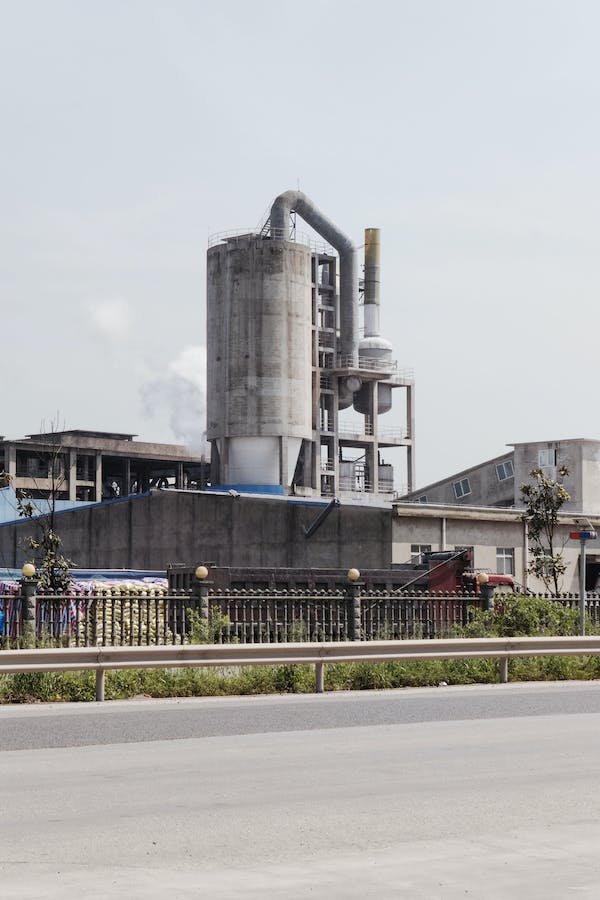Analysts predict that the decline in oil prices has reached its bottom and anticipate a notable increase in the upcoming quarters. While oil prices experienced their longest losing streak this year, some experts suggest that this trend may come to an end soon.
“Now it feels like they’re at the bottom — there are multiple signs of that, Inventories built a lot during the first and second months of the year, and then they’ve come off. So that’s part of figuring that it is at the bottom.” said Citi’s Global Head of Commodities Research Ed Morse.
According to analysts, the recent decline in oil prices could be coming to an end as the market prepares for higher demand and the impact of recent production cuts from OPEC+. Last month, OPEC+ announced that it would reduce production by 1.16 million barrels per day, a move that took effect in May and will continue until the end of 2023. Despite some predictions that prices could skyrocket due to the production cuts, prices have remained relatively stable.
ANZ, a financial services company, shares the same view that the oil decline could soon hit its bottom, as the global demand for oil is expected to increase by 2 million barrels per day, causing the market to remain under-supplied for the whole of 2023.
On Monday (8th May), Brent, the global benchmark for crude oil, was traded at $76.61 per barrel, which represents a 1.74% increase, while U.S. West Texas Intermediate (WTI) futures stood at $72.71 per barrel, indicating a 1.92% rise.
“OPEC+ output cuts and a rebound in China’s demand will likely offset slower demand elsewhere … Therefore, we expect prices to bottom out soon,” the bank wrote in a research report dated May 8.
“Our forecast remains that Brent rises to $95 per barrel by December and $100 per barrel by April 2024 as we expect large deficits in H2,” the investment bank stated in a report released over the weekend.
Oil’s Sharp Decline–
As of last Friday, Brent had declined by 8% year-to-date. On Wednesday, the benchmark settled at $72.33, the lowest since December 2021, based on Refinitiv data. Similarly, West Texas Intermediate has dropped 11% year-to-date.
The decline in oil prices is believed to be the result of a combination of economic worries. One of the factors contributing to this is the recent quarter-point hike in interest rates by the U.S. Federal Reserve, which has caused investors to worry that a slower economic growth rate could reduce demand for energy.
“Pressure from anti-inflationary action undertaken by both the U.S. Fed and the ECB [European Central Bank], have resulted in lackluster demand growth for most of the OECD, with recession risks lying ahead,” Morse wrote in an e-mail.
The unexpected decrease in China's manufacturing activity in April has also cast doubts over the recovery of the country's demand for commodities.
Mizuho's Vishnu Varathan wrote in a note dated May 8 that the recent oil price drop is similar to the downside volatility observed in March, which necessitates an assessment of whether OPEC will implement another cut led by Saudi Arabia.
“The narrative that oil markets will tighten later this year because of rising Chinese demand is being challenged,” Commonwealth Bank of Australia wrote in a daily note dated May 8.
“A tightening oil market in H2 2023 will now rely more heavily on OPEC+, particularly Russia,” CBA’s Vivek Dhar wrote.
“Russia’s oil production and exports have been resilient despite their announcement production cut of 500,000 barrels per day,” said Kang Wu, S&P’s head of global demand and Asia analytics.






















